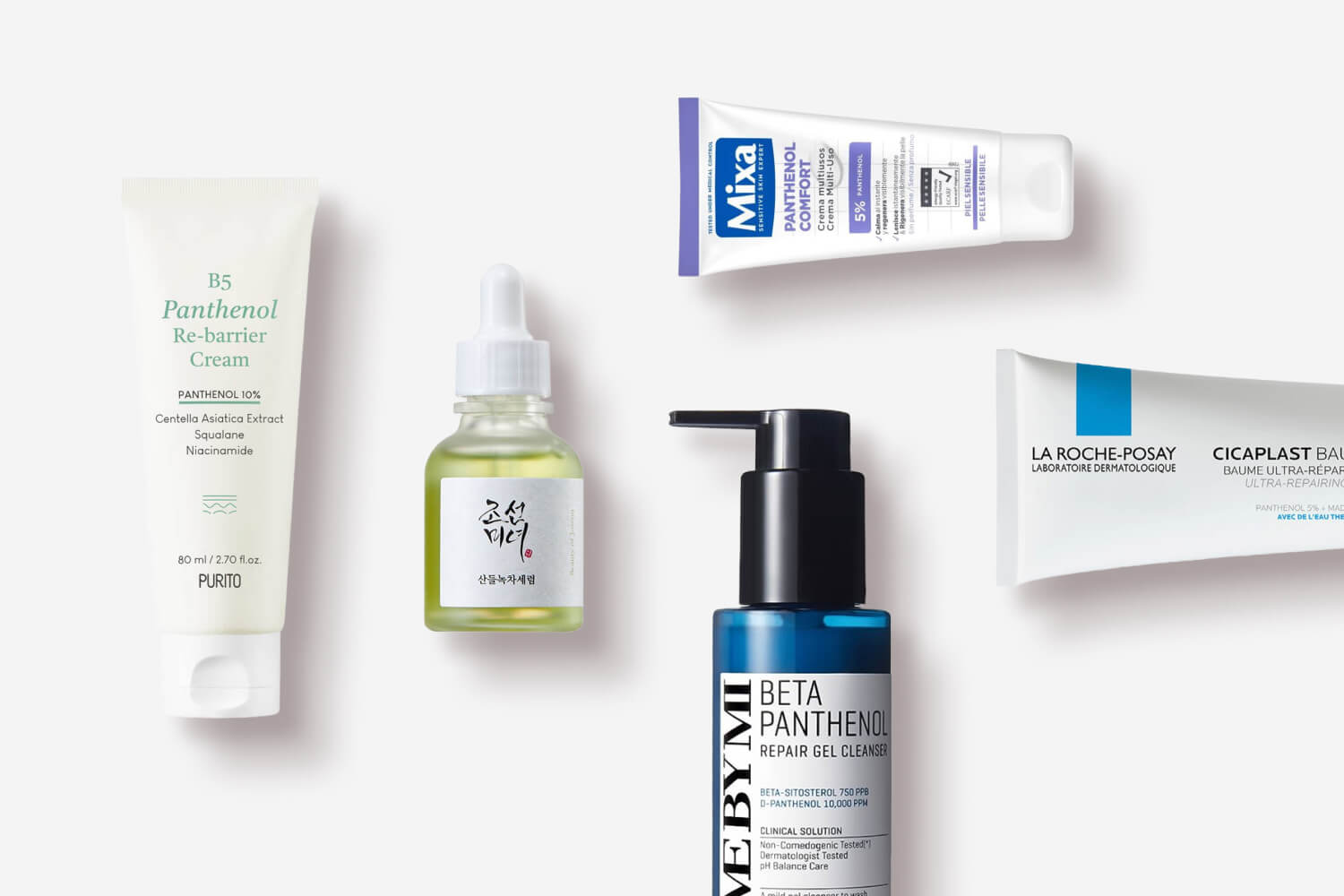
Panthenol is a simple and low-key ingredient that plays a key role in countless skincare formulas. Thanks to its moisturizing and skin-repairing benefits, it is able to boost your skin through serums, moisturizers, and other skincare formulations. You’ll find it starring in soothing and restoring formulas, as it grants outstanding repairing and calming results. Struggling with a sensitized skin barrier? Then keep reading and learn what panthenol does for your skin.
On this post:
- What is panthenol?
- How panthenol benefits the skin
- Potential side effects of panthenol
- Who should use panthenol?
- How to use panthenol in your skincare routine
- What kind of products contain panthenol?
What is panthenol?
Panthenol is an active ingredient that hydrates and softens the skin, with a remarkable ability to restore barrier function, promoting and protecting the health of the skin. A precursor of pantothenic acid—that you may also know as vitamin B5—panthenol is a naturally occurring chemical substance that can be produced both by plants and animals. You may find it in your product ingredient list under the nickname Dexpanthenol, Panthenol, Pro-Vitamin B5, or D-Panthenol—you can put your trust in all of them.
How panthenol benefits the skin
Panthenol is that friendly face that’s always a pleasure to meet when shopping for beauty products. And why’s that? Panthenol is a competent and gentle humectant that hydrates the skin, working to attract and hold on to water, preventing transepidermal water loss—and we can always use some of that. Equally important, it strengthens the skin with its anti-inflammatory and skin-protecting properties, reducing irritation and promoting peace on the surface of your skin. Last but definitely not least, panthenol has been shown to be effective in minor wounds, promoting wound healing for healthy skin.
But how does panthenol operate on your skin? As an extensive study on the topical use of dexpanthenol has quoted, “Although discovered decades ago, the exact mechanisms of action of dexpanthenol have not been fully elucidated yet”. However, we know today that “dexpanthenol increases the mobility of stratum corneum molecular components which are important for barrier function and modulates the expression of genes important for wound healing.” Put simply, we know for a fact that panthenol strengthens the superficial layer of the epidermis—the stratum corneum—promoting the natural skin barrier, while favoring wound healing. Time and science may help us understand the process further in the near future!
Potential side effects of panthenol
Panthenol is seen as a trustworthy, well-tolerated ingredient in skincare, presenting a low risk of side effects for users. And that’s not surprising: panthenol “prevents skin irritation, stimulates skin regeneration and promotes wound healing”, meaning that it is a key ingredient for those with fragile and damaged skin.
Even with such a reliable ingredient, a patch test is the way to go before applying your new product containing panthenol, to prevent any potential side effects. As safe as it might be, panthenol can—in rare cases—trigger an allergic contact dermatitis, and the patch test prevents unwanted side effects.
Who should use panthenol?
Considering its soothing and repairing action, panthenol is ideal for those exposed to particularly stressful environments, like harsh climates, and regular exposure to air conditioning and central heating, to name a few examples. It’s also been shown to be a facilitator of wound healing, and, thanks to its barrier-improving properties, it is also great to manage atopic dermatitis and nappy rash. Those struggling with psoriasis, or atopic, contact, or seborrheic dermatitis may also experience improvement in symptoms thanks to barrier-improving properties.
But not only people struggling with skin conditions benefit from using skincare with panthenol; if you skin is dry and prone to dehydration, a panthenol moisturizer may be just what you need. Panthenol is a hydrating ingredient that holds moisture into your skin, preventing dehydration and maintaining optimal hydration levels. The best part is that it contributes to immediate as well as long-lasting comfort, repairing your skin.
How to use panthenol in your skincare routine
To put panthenol to use you’ll need the right formula for your needs, and suitable for the area to treat. Available in formulas for the face and body, you may include panthenol in your skin routine by replacing your regular face care formulas, or by adding an extra step when treating areas that usually go well without (especially when used for wound healing). Panthenol is not photosensitizing nor photosensitive, so you may use it along with morning and evening routine, and even in periods of sun exposure.
What kind of products contain panthenol?
Panthenol is an ingredient that’s commonly used in the cosmetic industry, so you shouldn’t have an hard time finding them. You’ll find moisturizers, serums, lotions, and creams enriched with our cherished panthenol. You should also find nappy rash creams and wound healing formulas that feature panthenol as the star. But it doesn’t end here! This multi-tasker is also found in hair and nail care, so don’t be surprised when you run past a shampoo or a nail-care formula with panthenol.
Panthenol for damaged skin barrier
The repairing action of panthenol makes it an incredible addition to any formula that aims to restore the skin barrier. In these formulas, panthenol will work to moisturize the skin, while keeping the water in and working to build back damaged skin barrier. The world’s most famous repairing cream, the La Roche-Posay Cicaplast Baume B5+ Ultra-Repairing Soothing Balm is an example of a formula that will restore the skin barrier in no time. Combining 5% panthenol with madecassoside and tribioma, this formula is a must-try for the face and body.
If you’d like to see panthenol working hand in hand with Centella Asiatica, squalane and niacinamide, then you must give a go to the PURITO B5 Panthenol Re-barrier Cream. Starring 10% of panthenol and a whole bunch of repairing actives, it will work wonders for your compromised skin barrier.
Panthenol for skin soothing
When the skin is irritated and silently screaming, you need a calming and soothing formula to bring the skin back to balance. With formulas featuring panthenol, you may tone down discomfort and soothe the skin as you go. An outstanding product that makes the perfect recommendation is the Beauty of Joseon Calming Serum Green Tea + Panthenol. This formula immediately moisturizes and calms the skin, improving comfort and granting instant relief from day one. If you’d rather go for a cream, then consider the Mixa Panthenol Comfort Multi-Use Cream. Containing 5% panthenol, this fragrance-free formula provides an immediate soothing action to calm skin discomfort. In addition, it contributes to regenerate the skin to restore comfort in the long run as well.
Panthenol for nappy rash
The delicate skin of the nappy area has a lot to benefit from the panthenol action. When the skin asks for it, don’t think twice about trying the Bepanthen Baby Nappy Care Ointment. This nourishing and replenishing formula combines the efforts of panthenol and sweet almond oil to smooth, soften, and protect sensitive skin. With each diaper change, this formula cares for the delicate skin of the nappy area! Equally helpful is the LETI AT4 Atopic Skin Nappy Cream, recommended especially for babies with atopic, dry, and sensitive skin. With panthenol, arginine, and glycerine, the skin finds the caring action it needs to recover.
Panthenol for wound healing
For minor wounds, you can count on the power of panthenol to promote wound healing and regenerate your skin back to its base. Suitable for babies and the most sensitive skins, the Hansaplast Wound Healing Ointment is a vegan formula that promotes healing up to twice as fast, thanks to the action of panthenol and glycerin. When dealing with cuts, abrasions, and scrapes, as well as first-degree burns and minor second-degree burns, the formula accelerates their natural healing.
For some more soothing and repairing action, you may like to learn all about Centella Asiatica!
Professional Makeup Artist & Beauty Writer




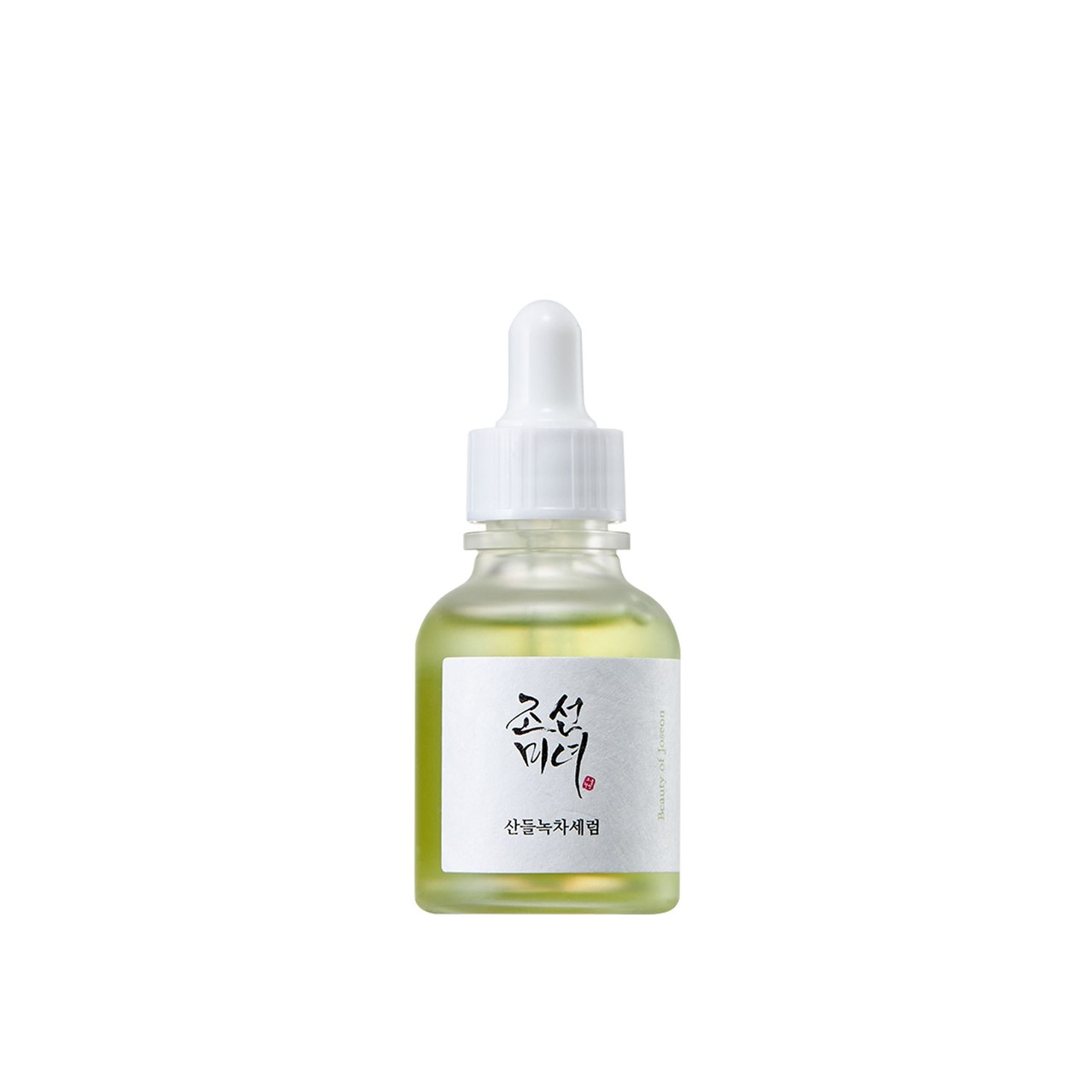
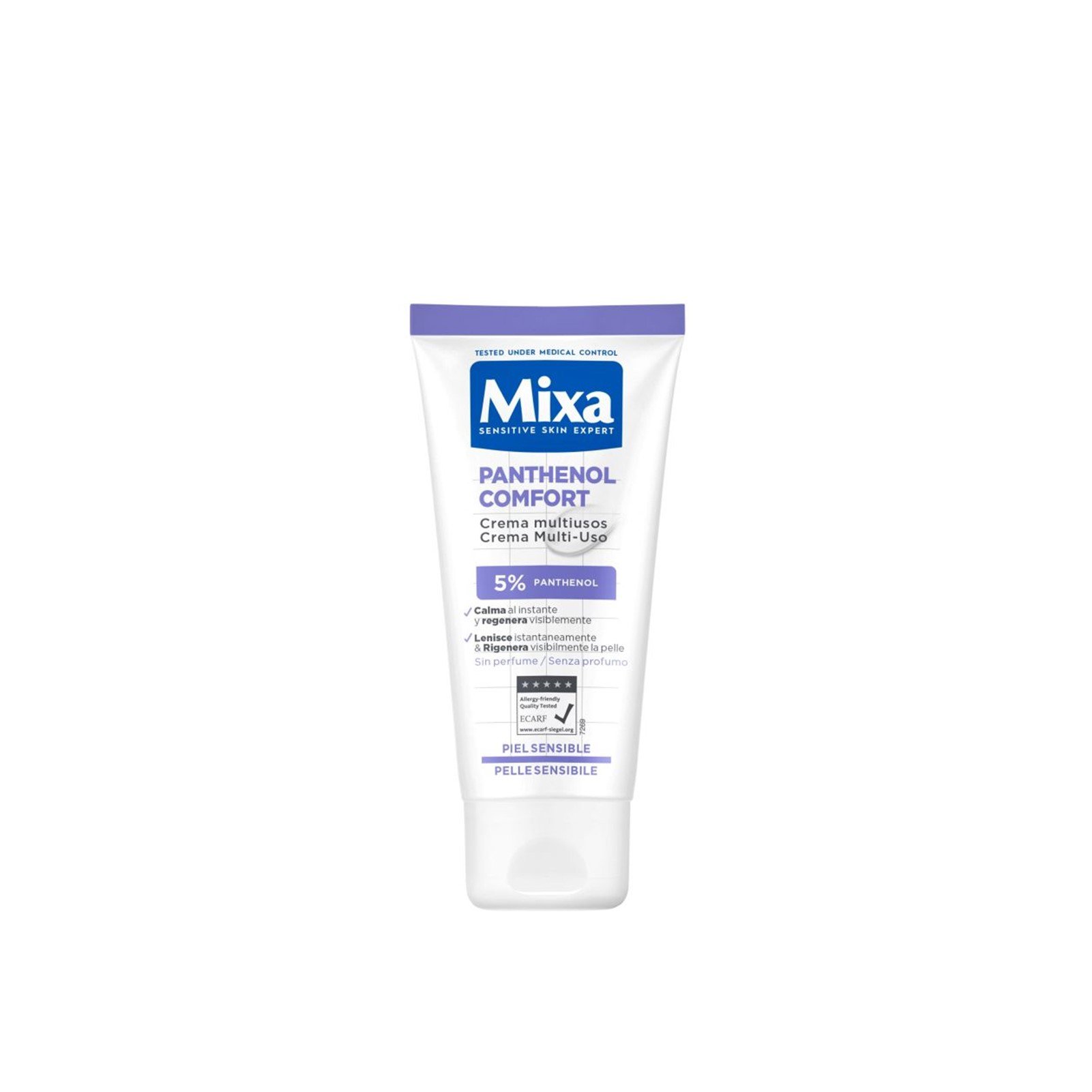
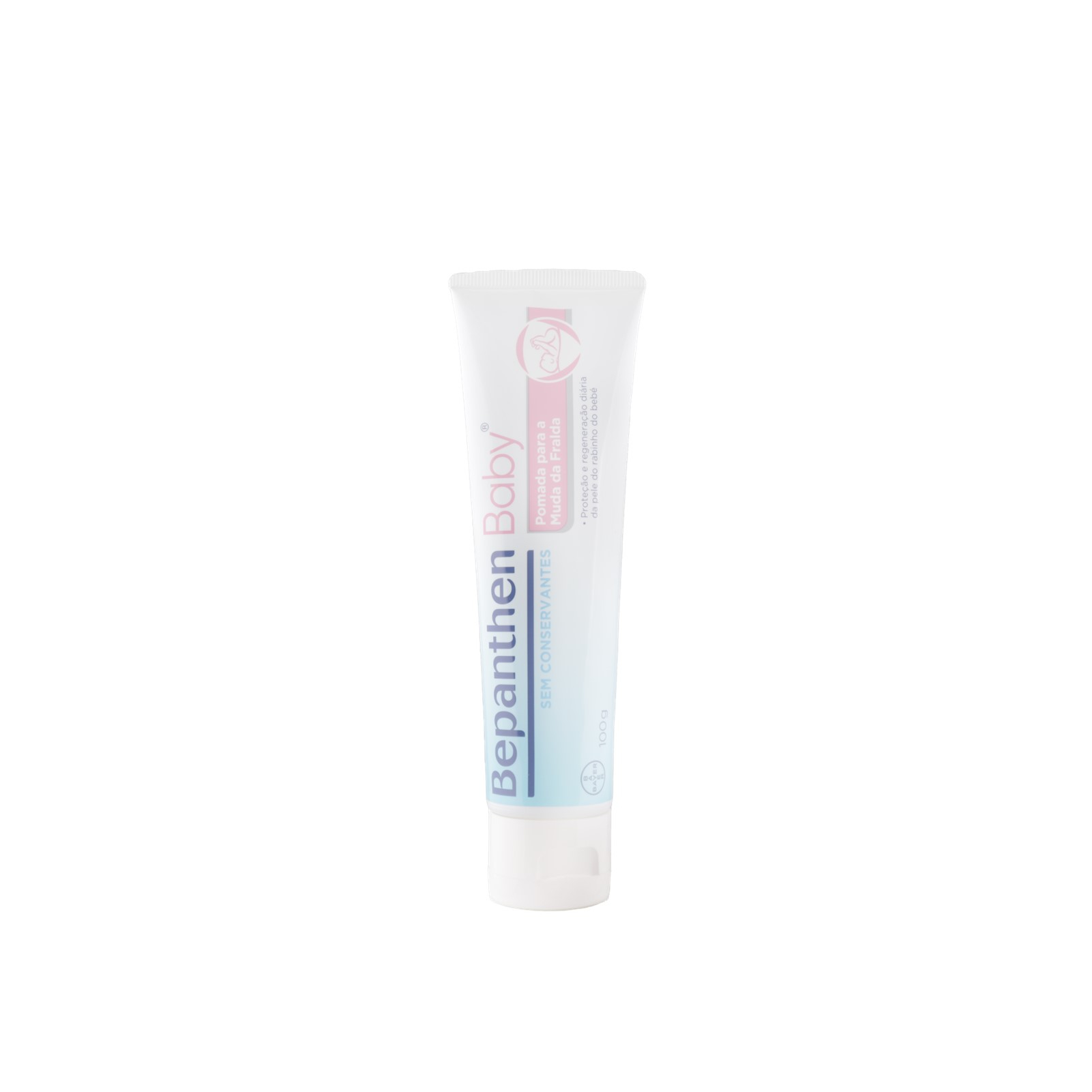
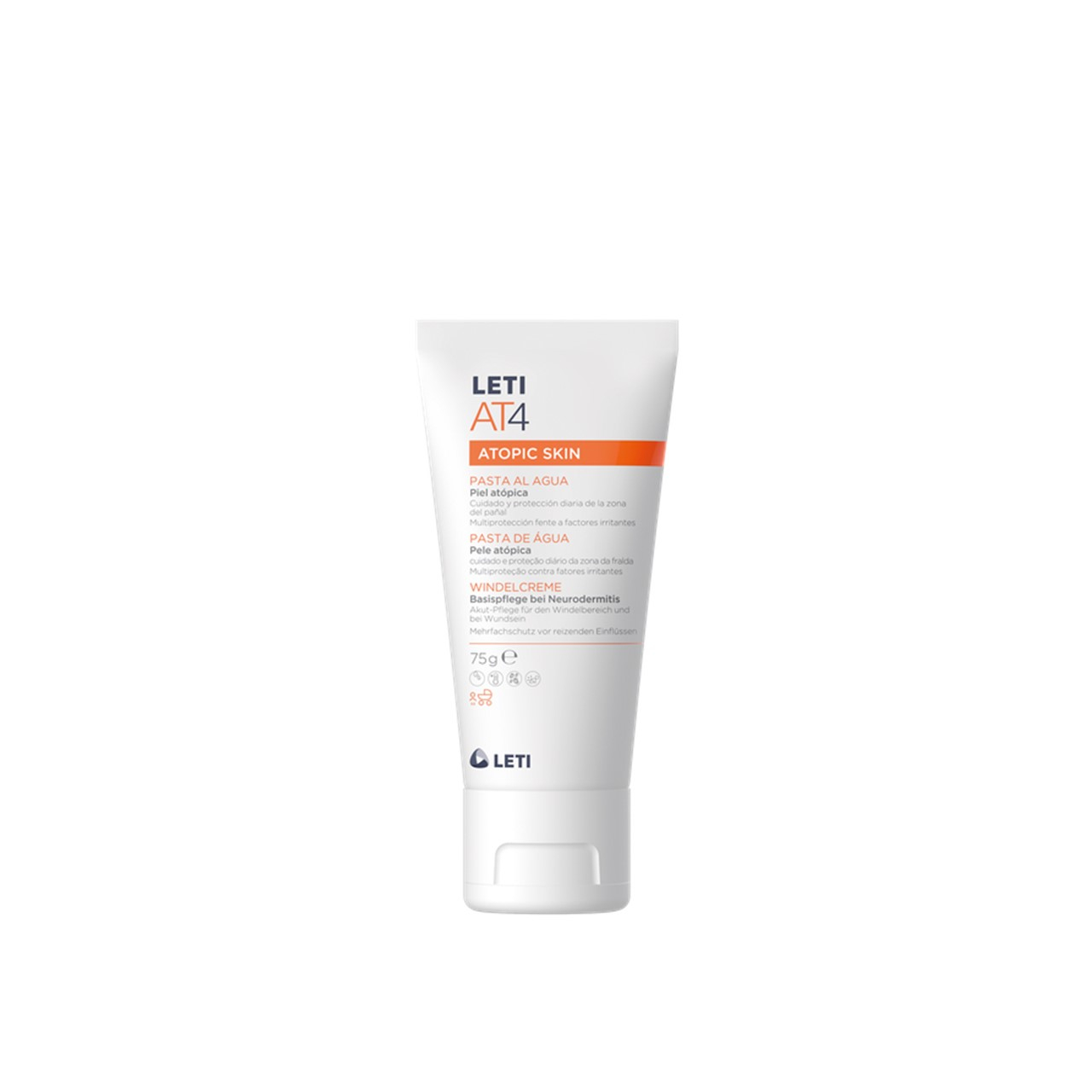
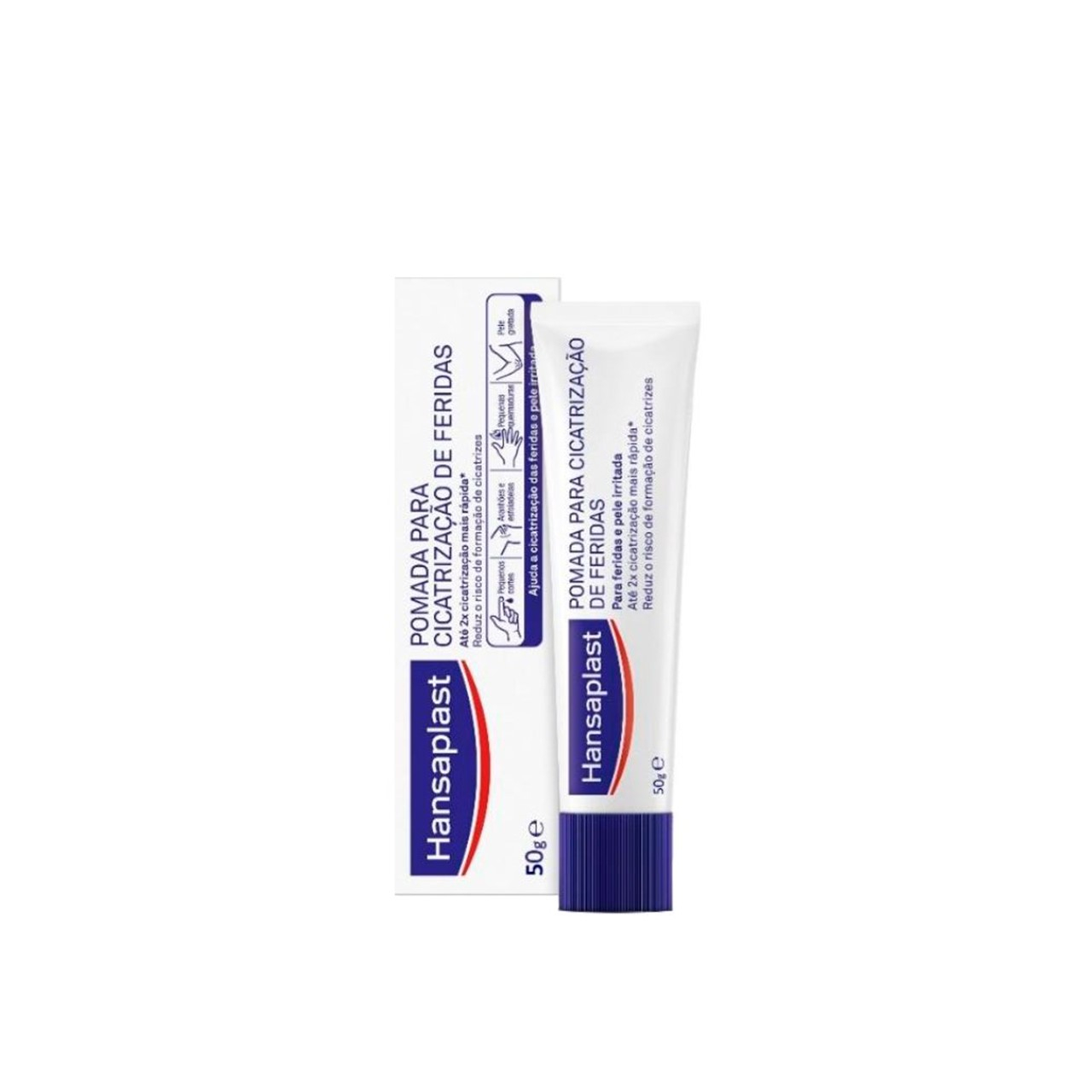 Hansaplast Wound Healing Ointment
Hansaplast Wound Healing Ointment
